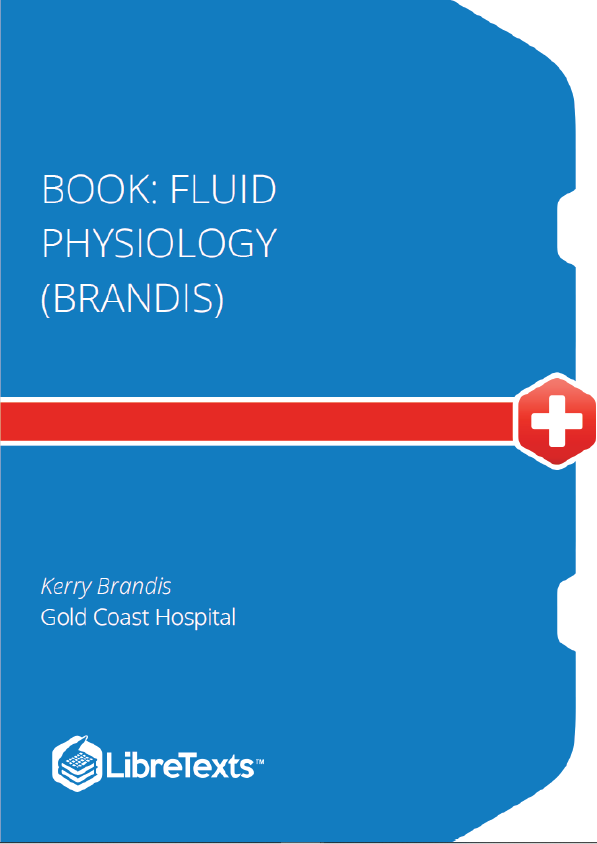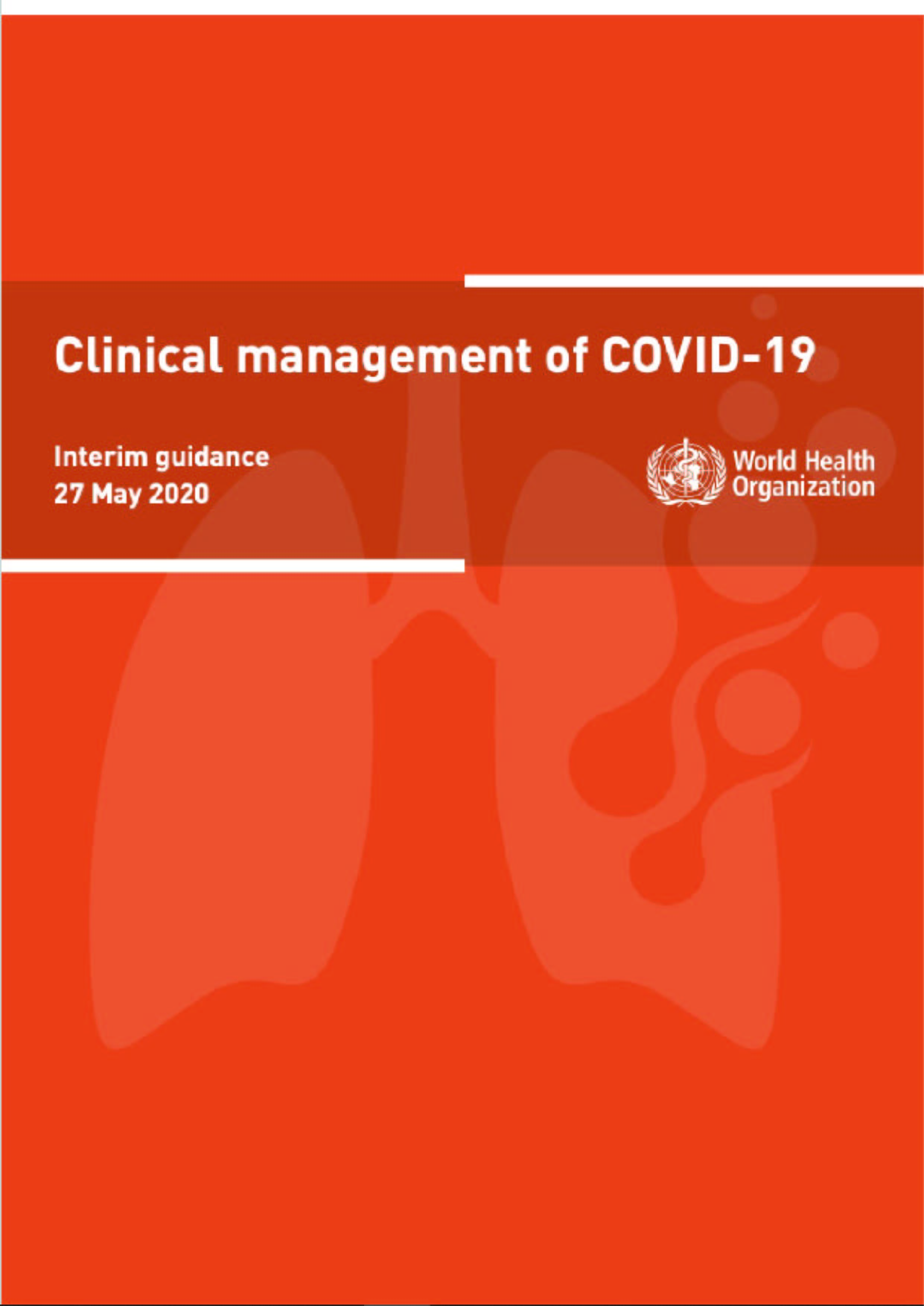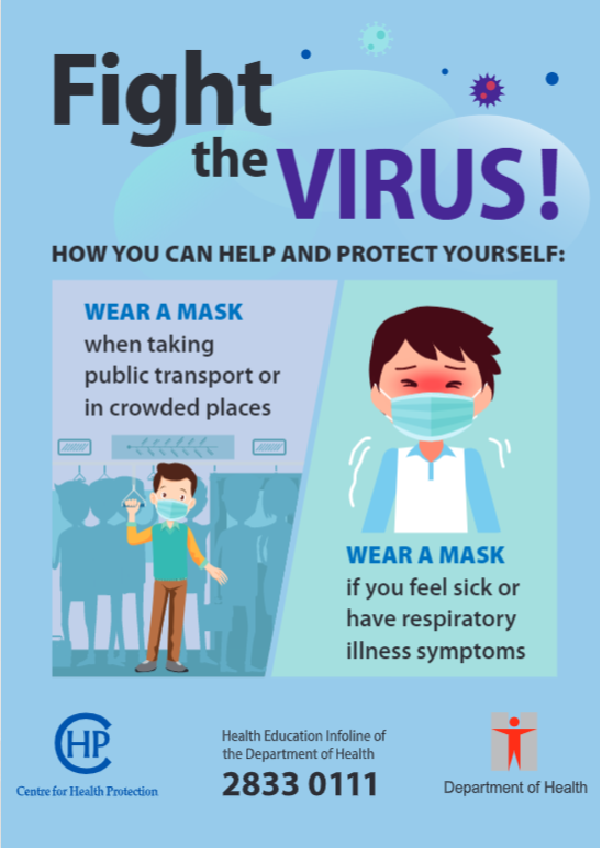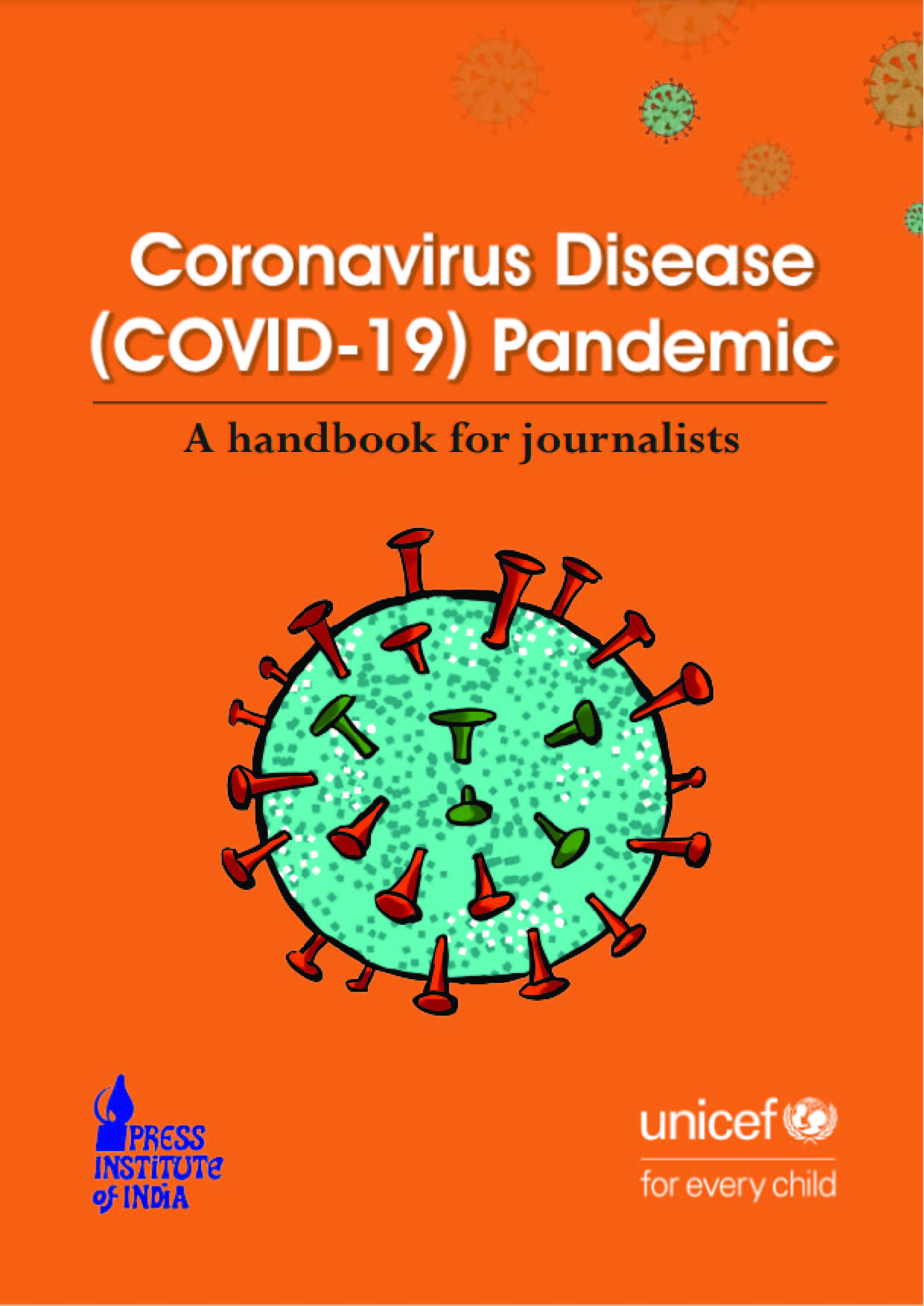Properties of Water
Water is one of the two major solvents in the body. It is a remarkable substance with several important properties, in particular, it has:
- A very high molar concentration
- A large dielectric constant
- A very small dissociation constant
Its concentration in biological systems is very high: 55.5 Molar at 37°C (see Box below). This is almost 400 times the concentration of the next most concentrated substance in the body (ie [Na ] in ECF = 0.14M, [K ] in ICF = 0.15M). The significance is that water provides an inexhaustible supply of hydrogen ions for the body.
The large dielectric constant means that substances whose molecules contain ionic bonds will tend to dissociate in water yielding solutions containing ions. This occurs because water as a solvent opposes the electrostatic attraction between positive and negative ions that would prevent ionic substances from dissolving. The ions of a salt are held together by ionic forces as defined by Coulomb’s Law.
The large dielectric constant of water means that the force between the ions in a salt is very much reduced permitting the ions to separate. These separated ions become surrounded by the oppositely charged ends of the water dipoles and become hydrated. This ordering tends to be counteracted by the random thermal motions of the molecules. Water molecules are always associated with each other through as many as four hydrogen bonds and this ordering of the structure of water greatly resists the random thermal motions. Indeed it is this hydrogen bonding which is responsible for its large dielectric constant.
Pathways for Water Movement
Oil & water don’t mix Water and lipids are the two major types of solvent in the body. The lipid cell membrane separates the intracellular fluid from the extracellular fluid (as discussed in Section 2.1). Substances which are water soluble typically do not cross lipid membranes easily unless specific transport mechanisms are present. It might be expected that water would likewise not cross cell membranes easily. Indeed, in artificial lipid bilayers, water does not cross easily and this is consistent with our expectation.
What is the ‘lipid pathway’?
This refers to water crossing the lipid bilayer of the cell membrane by diffusion. This initially does not seem to be very credible based on the ‘oil & water don’t mix’ idea BUT it is nonetheless extremely important because this pathway is available in ALL cells in the body.
To express this slightly differently: The ‘oil & water don’t mix’ idea can be quantified as the partition coefficient (ie concentration of water in the lipid phase to the concentration in the aqueous phase). This partition coefficient is as expected, extremely low: about 10-6 which is 1 to a million.











